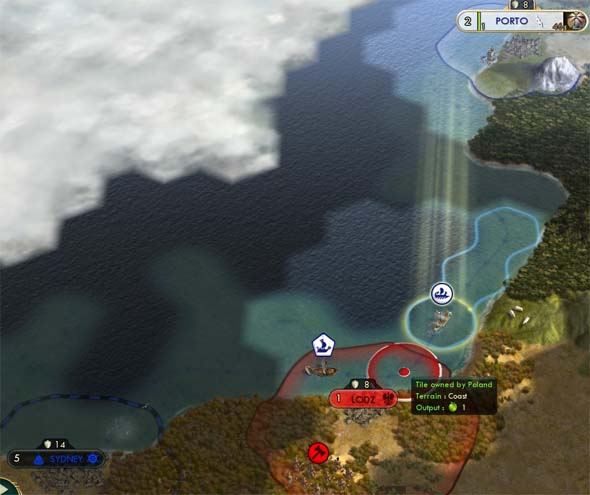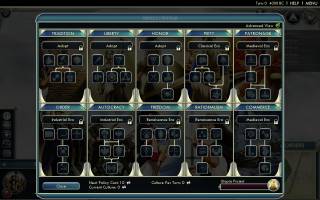

So a technologically minded player who is trying for a Scientific Victory can’t do so without triggering voting for a Diplomatic Victory. automatically comes into play once someone enters the final scientific era. Instead of being a wonder that needs to be built, the U.N. Leaders with more city-state allies will get more of a say in the World Congress, but the way voting is triggered has been altered. Now players can form an alliance group based on ideologies – Social Policy trees that can be adopted late in the game and that affect Tourism, among other things – and vote on global resolutions that can be used to advance international science, promote culture or cripple enemy warmongers.ĭiplomatic Victories are now won through a special vote once the World Congress evolves into the United Nations. Keeping foreign civs friendly is no longer just a way to stave off war. The World Congress debuts about halfway through the game and completely changes the way international politics is approached in Civ V. It adds a brand-new layer to the gameplay and provides one more angle from which a game can be approached.Īnother new feature, the World Congress, changes the way a Diplomatic Victory is won, though not as dramatically as the changes to Culture. This new feature of earning Great Artists, trading Great Works and displaying your culture across your empire is certainly fun to experiment with for long-time players of the game. Winning a Cultural Victory now revolves around generating Tourism, a new resource that can be produced by Great Works and augmented by certain new buildings.

With Brave New World, two of these options, the Cultural Victory and the Diplomatic Victory, have changed in the way they’re activated.

In each game of Civ V, the player has the option to pursue any of four possible victory conditions. A city surrounded by tons of production but little food is suddenly a more viable option with internal trade. Food and production can be sent to other cities within your own empire once certain buildings are constructed, which also allows for smarter city placement. And for players who prefer a more isolationist play style, trade routes can be set up internally as well. Not only does this change the way players look for city locations – finding an area with a lot of different resources can make for a really wealthy trading center late in the game – but it also encourages early game exploration to find the perfect trading partner on the other side of the continent. The amount of Gold you earn from a trade route depends mostly on the resource diversity of the source city. These units can be sent to foreign cities or city-states to earn some extra Gold, spread your religion or even gain some Science. Animal Husbandry and Sailing, two very early technologies, unlock the ability to produce land and naval caravans, respectively. The first new mechanic the player comes across is the system of international trade routes. The expansion tries to accomplish this through four primary new mechanics: trade routes, tourism, the World Congress and ideologies. BNW puts a new emphasis on international relations, an aspect of the civilization-building experience that before was desperately underwhelming in Civ V. The most substantial new features in BNW, however, are the new and changed game mechanics Firaxis rolled out. Nine new leaders, two new scenarios and a bevy of new wonders, buildings and units keep the experience fresh and exciting. New music gives the game an epic new feel. Right off the bat, Brave New World comes with a ton of new content for the Civ V experience. Now, almost three years after its original launch, Civ V has been revitalized once again with Brave New World, a huge, new Civ V expansion that released earlier this week. Over the next couple of years, the developers over at Firaxis Games kept the game fresh with downloadable content like new leaders, interesting maps and even new game mechanics via a full-scale expansion pack – Gods & Kings – that dropped in 2012. Sid Meier’s Civilization V first launched in the fall of 2010, a fun, new addition to Sid Meier’s family of turn-based simulation games.


 0 kommentar(er)
0 kommentar(er)
